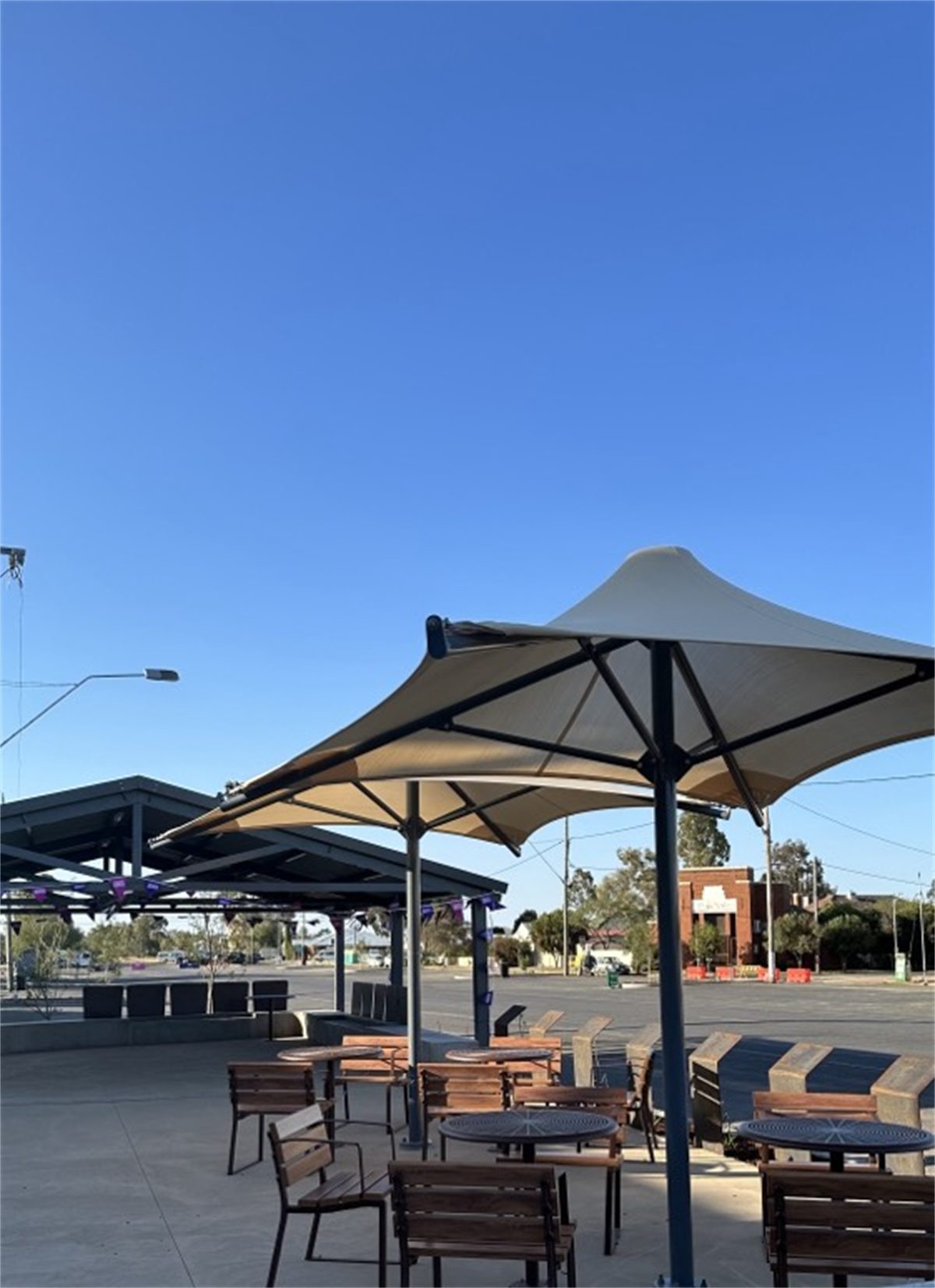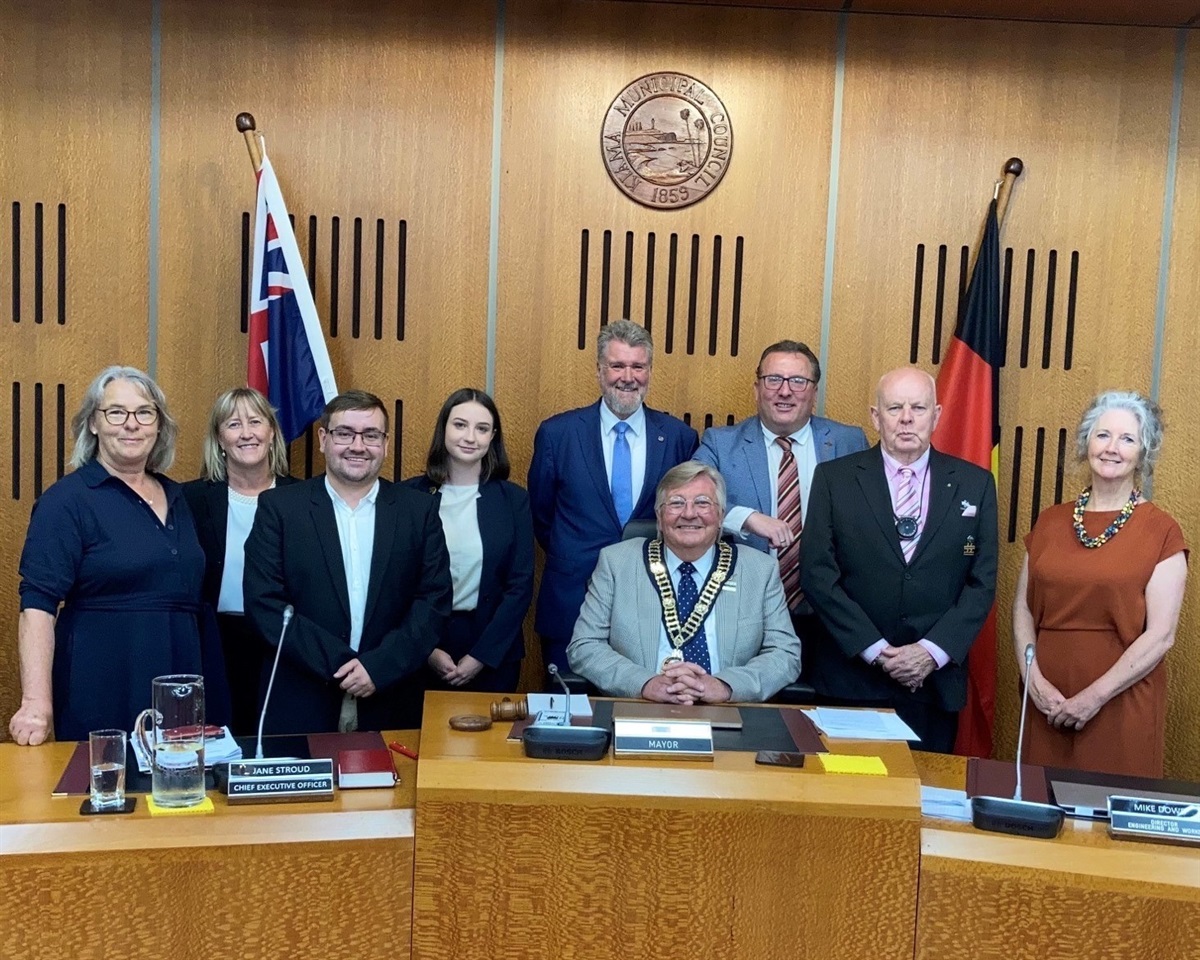Coral reefs are among the most diverse ecosystems in the world, protecting coastlines from erosion and supporting more than 500 million people through tourism and fishing livelihoods. But at the current rate of global warming, mass coral bleaching is expected to become more frequent and severe worldwide.
Coral bleaching is a significant problem for the world’s ocean ecosystems: When coral becomes bleached, it loses the algae that live inside it, turning it white. Corals can survive a bleaching event, but while they are bleached they are at higher risk for disease and death.
Now an international consortium of scientists, including a coral researcher from the University of Washington, has created the first-ever common framework for increasing comparability of research findings on coral bleaching. The work, described in a paper published Nov. 21 in the journal Ecological Applications, provides a common language and reference points for researchers to compare results across studies.
“It is very important to find better and more efficient ways to perform experiments that can help us to understand the vulnerability, tolerance and resilience of these ecosystems,” said co-author Jacqueline Padilla-Gamiño, an assistant professor in the UW School of Aquatic and Fishery Sciences who studies coral physiology and reproduction. “Our work will provide an incredible platform that scientists around the world can use to develop more open and collaborative science.”
The framework covers a broad range of variables that scientists generally monitor in their experiments, including temperature, water flow, light and other factors. It does not dictate what levels of each should be present during an experiment into the causes of coral bleaching; rather, it offers a common framework for increasing comparability of reported variables.
“Coral bleaching is a major crisis, and we have to find a way to move the science forward faster,” said lead author Andréa Grottoli, professor of earth sciences at The Ohio State University.
The consortium leading this effort is the Coral Bleaching Research Coordination Network, an international group of coral researchers. Twenty-seven scientists, representing 21 institutions around the world, worked together as part of a workshop at Ohio State in May 2019 to develop the common framework.
The goals are to allow scientists to compare their work, make the most of the coral samples they collect and find ways to create a common framework for coral experimentation.
Their recommendations include guidelines for experiments that help scientists understand what happens when corals are exposed to changes in light or temperature over a short period of time, a moderate period and long periods. The guidelines include a collection of the most common methods used for recording and reporting physical and biological parameters in a coral bleaching experiment.
“Reefs are in crisis,” Grottoli said. “And as scientists, we have a responsibility to do our jobs as quickly, cost-effectively, professionally and as well as we can. The proposed common framework is one mechanism for enhancing that.”
That such a framework hasn’t already been established is not surprising: The scientific field that seeks to understand the causes of and solutions for coral bleaching is relatively young. The first reported bleaching occurred in 1971 in Hawaii; the first widespread bleaching event was reported in Panama and was connected with the 1982-83 El Niño.
But experiments to understand coral bleaching didn’t really start in earnest until the 1990s – and a companion paper by many of the same authors found that two-thirds of the scientific papers about coral bleaching have been published in the last 10 years.
Researchers are still trying to understand why some coral species seem to be more vulnerable to bleaching than others, and setting up experiments with consistency will help the science move forward more quickly and economically.
“We’d be able to better collaborate, and to build on one another’s work more easily. It would help us progress in our understanding of coral bleaching – and because of climate change and the vulnerability of the coral, we need to progress more quickly,” Grottoli said.
Other paper co-authors are from University of Hawaii at Mānoa, Florida Institute of Technology, University of Delaware, Texas A&M University, Pennsylvania State University, University of North Carolina at Chapel Hill, University at Buffalo – State University of New York, John G. Shedd Aquarium, Oregon State University, Duke University, University of Alabama at Birmingham, University of Southern California, Smithsonian Tropical Research Institute, U.S. Geological Survey, University of Technology Sydney, National Oceanic and Atmospheric Administration, Stanford University and University of Konstanz.
This work was funded by the National Science Foundation.
Adapted from an Ohio State news release.










